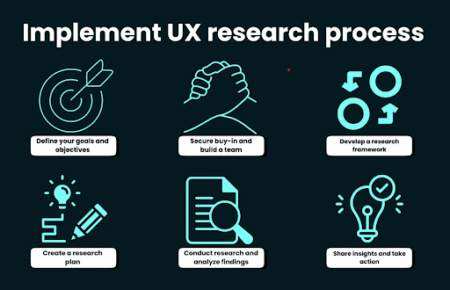Migrating a database can prove to be arduous and mentally laborious. Certain protocols need to be followed before you finally accomplish the migration process. However, it is not a cakewalk like it sounds to be. You need to direct schema and data changes implemented into the database. Thus, if a database development company or any designing professional wants to enhance the productivity, they must first thoroughly understand the protocols and then build a reliable, cutting-edge, and upfront automation.
This article focuses on the pre-requisites of automating database migration. Stay till the end to know how you can automate database migration.
First and foremost, focus on the efficiency
An organization now thrives on grounds of its efficiency and productivity complemented with a touch of innovation. This innovation includes modifying the apps timely and consistently. To actualize the innovation, the company must adhere to swift and responsive development methodology. This approach requires an integration of software development and IT operations. DevOps prove to be supportive and effective. DevOps also have a high hand when it comes to database migration.
Database Migration with DevOps
The approaches of CI, CD, and DevOps greatly speed up application development and software operations. Developers frequently work across several apps and databases and require their own copy of databases to utilize in development environments. DevOps approaches are critical here since they assist deliver updates quickly while minimizing the risks of application outage and data breach. Despite the numerous benefits of incorporating database updates into DevOps, it is difficult to synchronize the database alterations and apply multiple development approaches.
Automation helps the development processes to be more responsive and quick which in thus helps the teams ace in production line with fewer errors and higher quality standards.
All of this is fantastic news, except for the database. While DevOps is becoming more common in application development, synchronizing application and database updates is the most difficult obstacle when incorporating database development into a DevOps process.
Writing the database code to perform the required modifications is frequently not the problem. Instead, it simultaneously deploys the modifications and incorporates additional changes made by other developers. When using a migrations-based strategy to deploy database updates, many development teams witness their releases stall at this point.
The other method that database development company Arizona can rely upon is the Flyway.
Database migration with Flyway
Flyway has emerged as one of the most sought-after open-source migrations framework for database deployments. And undoubtedly it the world’s most popular solution for the only task that it does – database migration. It does it swiftly, efficiently, and un-arduously.
It is a highly adjustable solution that allows for the creation of a unique migrations-based deployment strategy that is simple to implement and expand across teams. It can be used easily and lets developers manage migration scripts across several common databases engines through regulated and systematized process irrespective of the platforms used. As a result, the tedious, time-consuming, and error-prone procedure of deploying migration scripts is eliminated, and it may even be integrated into a larger CI/CD release management process.
Flyway implementations often result in a fourfold boost in database deployments, with some teams releasing updates multiple times quicker. Migrations are made faster and easier by adopting an automated approach that eliminates human mistake and hours of mechanical inspections. The team can thus bring out enhancements and modifications along with periodical updates regularly.
Another quick and secured way to automate database migration is –
AWS Database Migration Service (DMS)
AWS Database Migration Service (DMS) enables you to transfer databases to AWS rapidly and securely. During the migration, the source database remains completely functional, minimising application downtime. DMS can move your data to and from the most popular commercial and open-source databases.
DMS can continually duplicate your data with high accessibility between your datastores by allowing both homogeneous and heterogeneous migrations. DMS tasks can conduct a full load, cached modifications, or continuous replication across data stores.
Conclusion
Even though the recent migrating trends are not brand new and are inevitable in every business, still overcoming the challenges and performing it efficiently is a hot take in every organization and business. A database development company must not just automate migration in aloofness but instead complement it with swiftness, dexterity and future-readiness.







